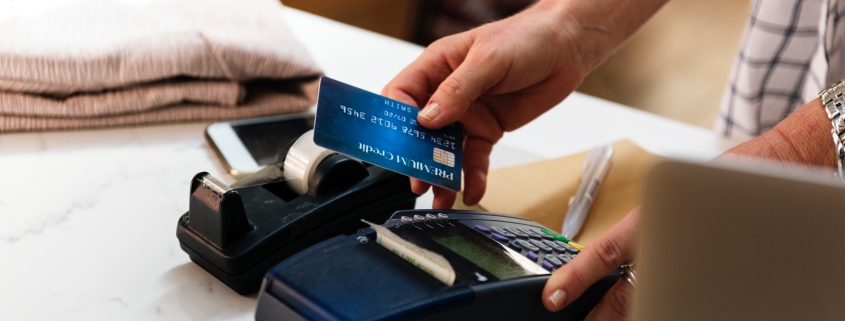What to do when you’ve been a victim of credit card fraud
Credit card fraud on the rise
Card fraud has been on the increase, more than doubling to $2.1 billion during 2014-15 from $1 billion in 2010-11, according to Australian Bureau of Statistics (ABS) figures.
Credit cards are targeted more than debit cards.
The good news is that in most cases you won’t be liable for unauthorised transactions and will probably get your money back.
ASIC’s MoneySmart website says you won’t get your money back if you acted fraudulently; didn’t keep your PIN or password secret; unreasonably delayed telling your account institution that your card was lost or stolen or that someone else may know your PIN or code or; accidentally left your card in an ATM.
Even then though your liability will be limited to certain caps.
Contact your bank about fraud
So what should you do if you spot a transaction you don’t recognise on your debit or credit card?
The simple answer is to contact your financial institution as soon as possible.
This will hopefully prevent any more unauthorised transactions.
When you report a mistake on your account, make sure you get a reference number to verify that you made the report, says MoneySmart.
Sometimes, though, there might be an explanation and it is not actually a fraudulent transaction. For example, maybe the additional cardholder made a purchase and you weren’t aware.
Or sometimes you might not recognise the merchant because their banking information is different from their trading name. A quick internet search might help.
The financial institution will more than likely place a stop on your card and issue a new one. It may take up to a week to replace the card, so in that time you’ll be left without a card.
Chances are that will be fine if it’s a credit card but it will pose more of a problem if it’s your everyday account and you need to access money. Talk to your financial institution about options for accessing money while you’re waiting.
If you have any automatic payments coming out of your account, make sure you contact the service providers to give them the new card number.
Follow up
The investigation process will vary between institutions and so will the time it takes to be resolved. It could be anywhere from 21 days to 90 days.
If your financial institution finds that you’re liable but you don’t agree, then you should complain to it in writing, outlining why the transaction was unauthorised and why you should not be held liable, says the Financial Rights Legal Centre.
Keep a copy of your letter. If it does not resolve your complaint within a reasonable time (for example 30 days), you should make a complaint to an external dispute resolution scheme such as the Australian Financial Complaints Authority.
Article sourced from https://moneymag.com.au/how-to-deal-with-credit-card-fraud
This information is general information only and hasn’t taken your circumstances into account. It’s important to consider your particular circumstances before deciding what’s right for you. Read our Financial Services Guide for information about our services, including the fees and other benefits that AMP companies and their representatives may receive in relation to products and services provided to you.
Although the information is from sources considered reliable, AMP does not guarantee that it is accurate or complete. You should not rely upon it and should seek qualified advice before making any financial decision. Except where liability under any statute cannot be excluded, AMP does not accept any liability (whether under contract, tort or otherwise) for any resulting loss or damage of the reader or any other person.



